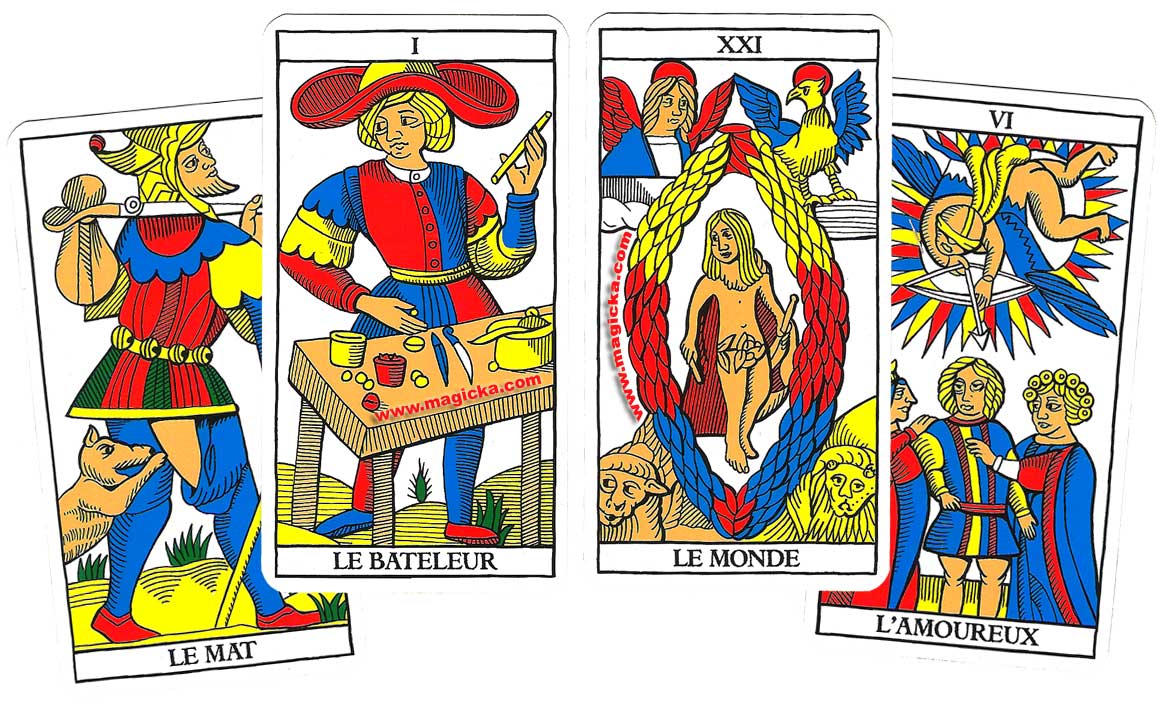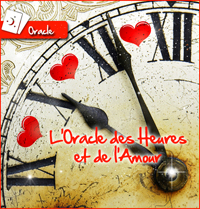History of Belline's oracle
Belline's oracle takes its name from the great and famous seer Marcel Belline, who accidentally discovers a card game and a diary written a century earlier by the Mage Edmon. Sensing the power of this game, Belline enriches his interpretation and improves the drawing method. Belline agrees to duplicate the card game, making this oracle one of the most used in vision consultations, whether live or during free tarot draws.
Belline's Oracle Drawing Method
Belline's oracle, a clever blend of Marseille tarot and Etteilla's game, is made up of 52 cards. On each map we find the symbolism of one of the 7 main planets (Saturn, Jupiter, Mars, Venus, Mercury, the Moon and the Sun). The game is divided into 7 groups of 7 cards to which are added 7 cards without planetary reference: The star of the woman, representing the consultant or an important woman in her entourage. The star of man having the same meanings as that of the woman, and the key representing destiny. To these cards is added the "blue" card sign of protection.
During a vision session, the medium can use this game in different ways:
Cross drawing: used to answer a specific question. Very often used during free love voyances. It is practiced using 5 cards
- The map on the left shows what is positive
- The map on the right shows what is negative
- The top map shows the way forward
- The bottom map gives the answer to the question
- The center map is the synthesis of the draw.
If the answers are not detailed enough, the consultant can cover the maps for more details.
Monthly draw: Practical for a complete synthesis, it is done using 7 cards at the beginning of each month.
- Map 1 represents the consultant
- Maps 2 and 3 talk about feelings and happiness
- Maps 5 and 6 evoke the material aspect.
The daily draw: gives the atmosphere of the day, very convenient for an immediate free tour, it is done with a single card each morning. It is primarily the planet that determines the climate of the day. It is possible to continue the questioning by putting an additional card for each of your concerns. In this case the number of cards depends on the number of questions.







